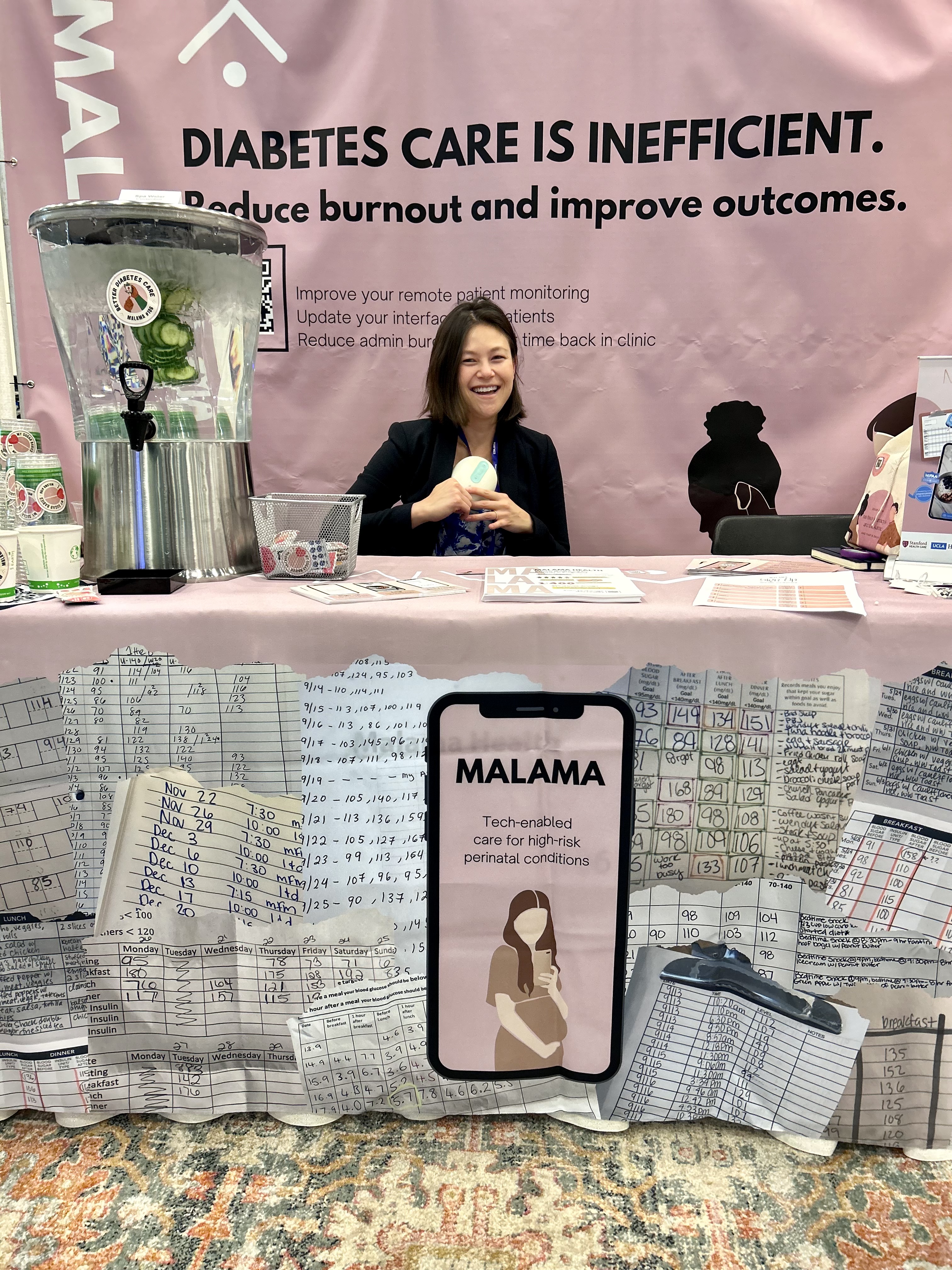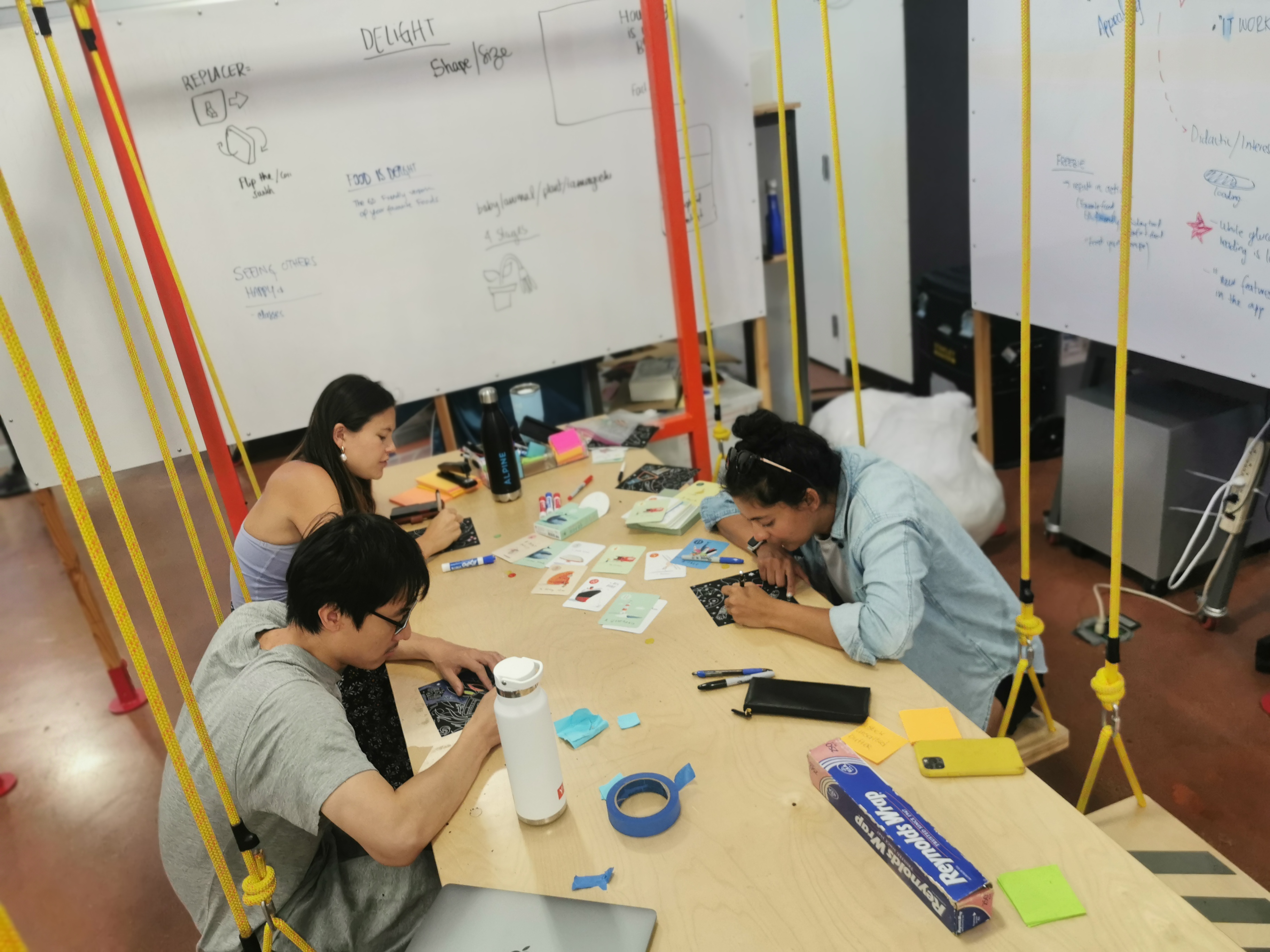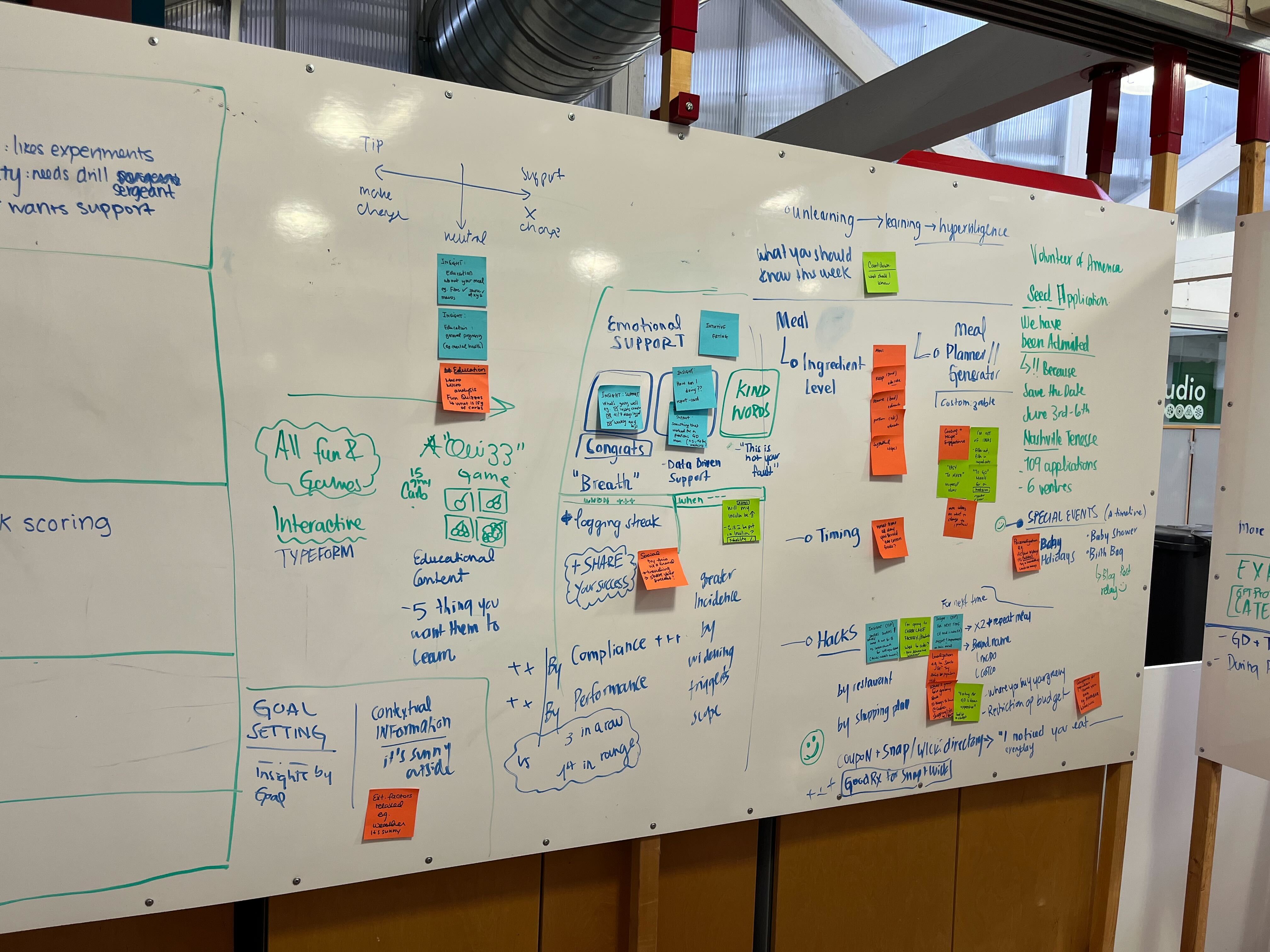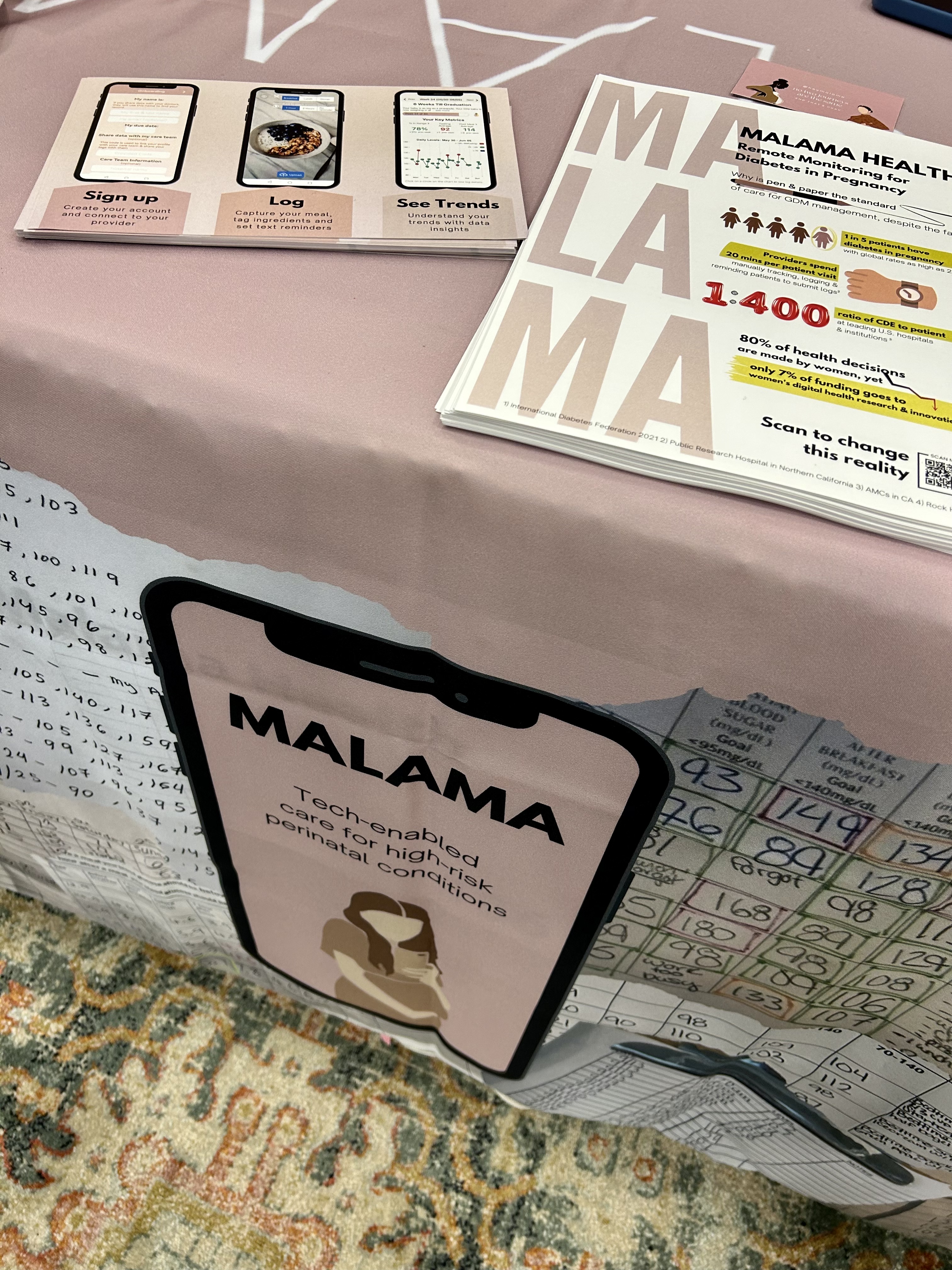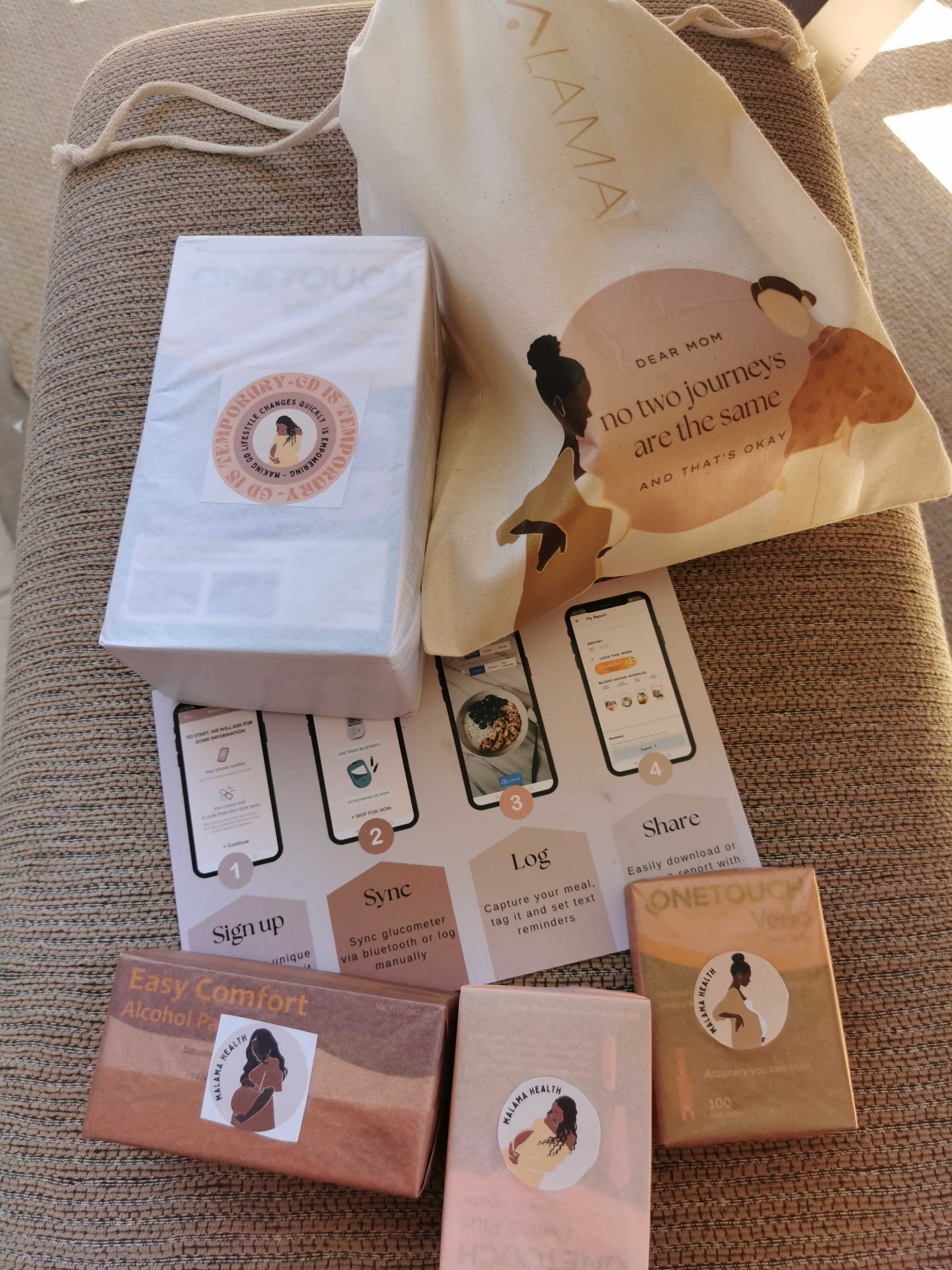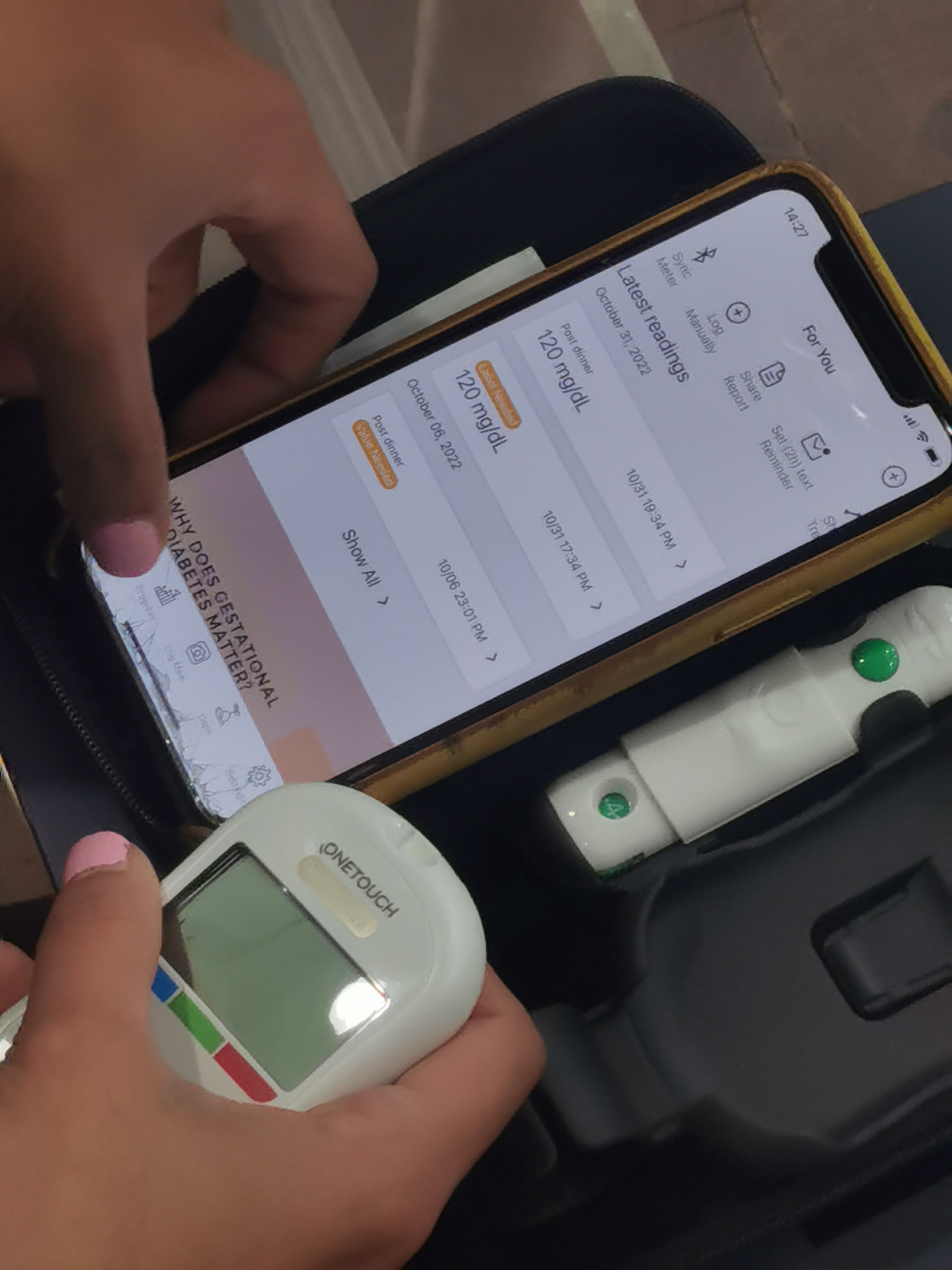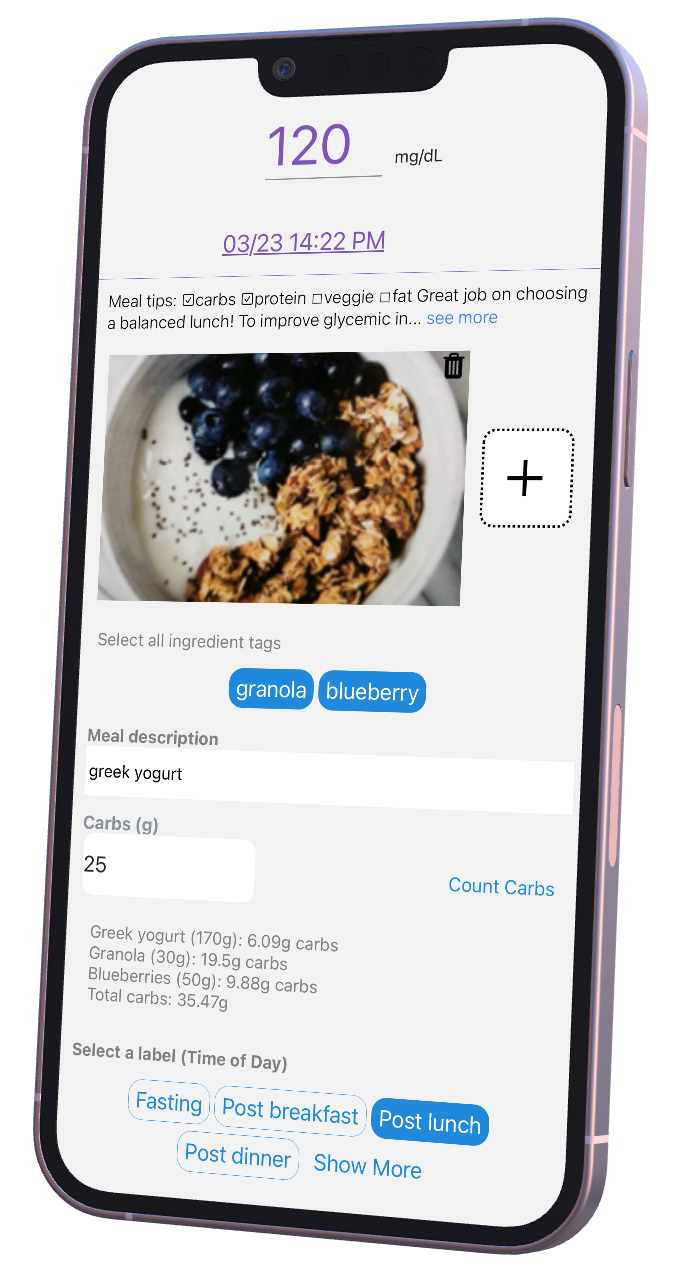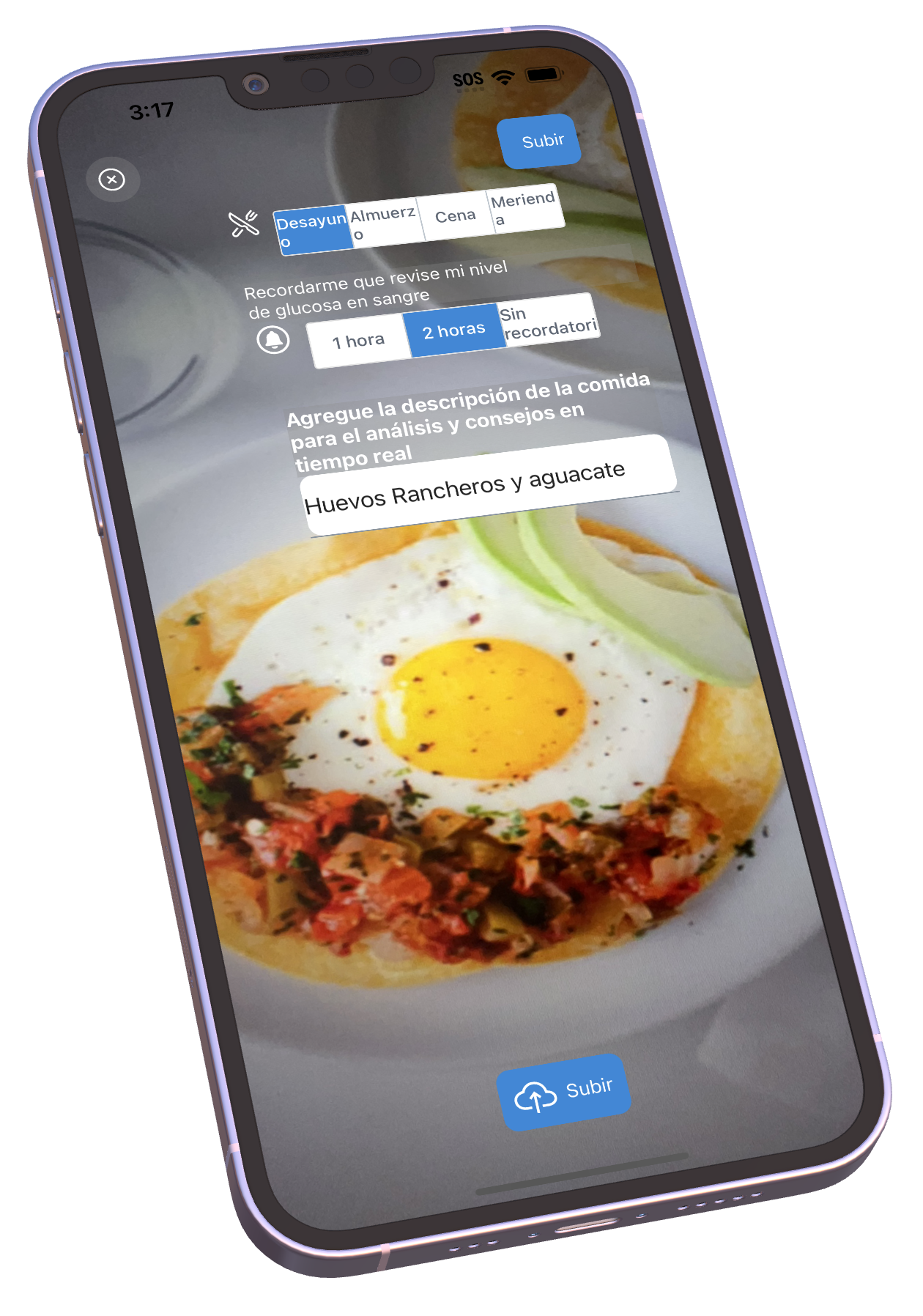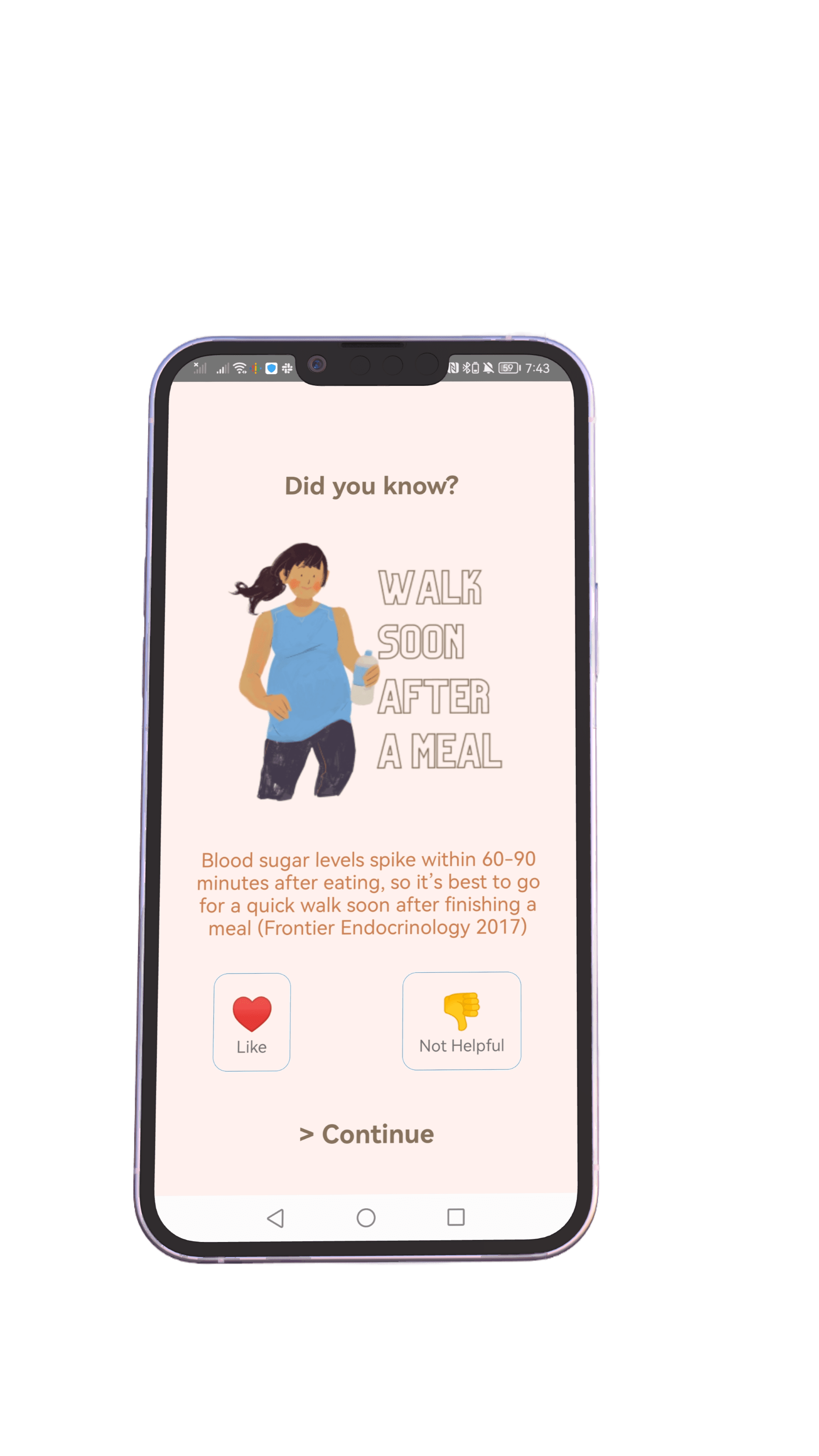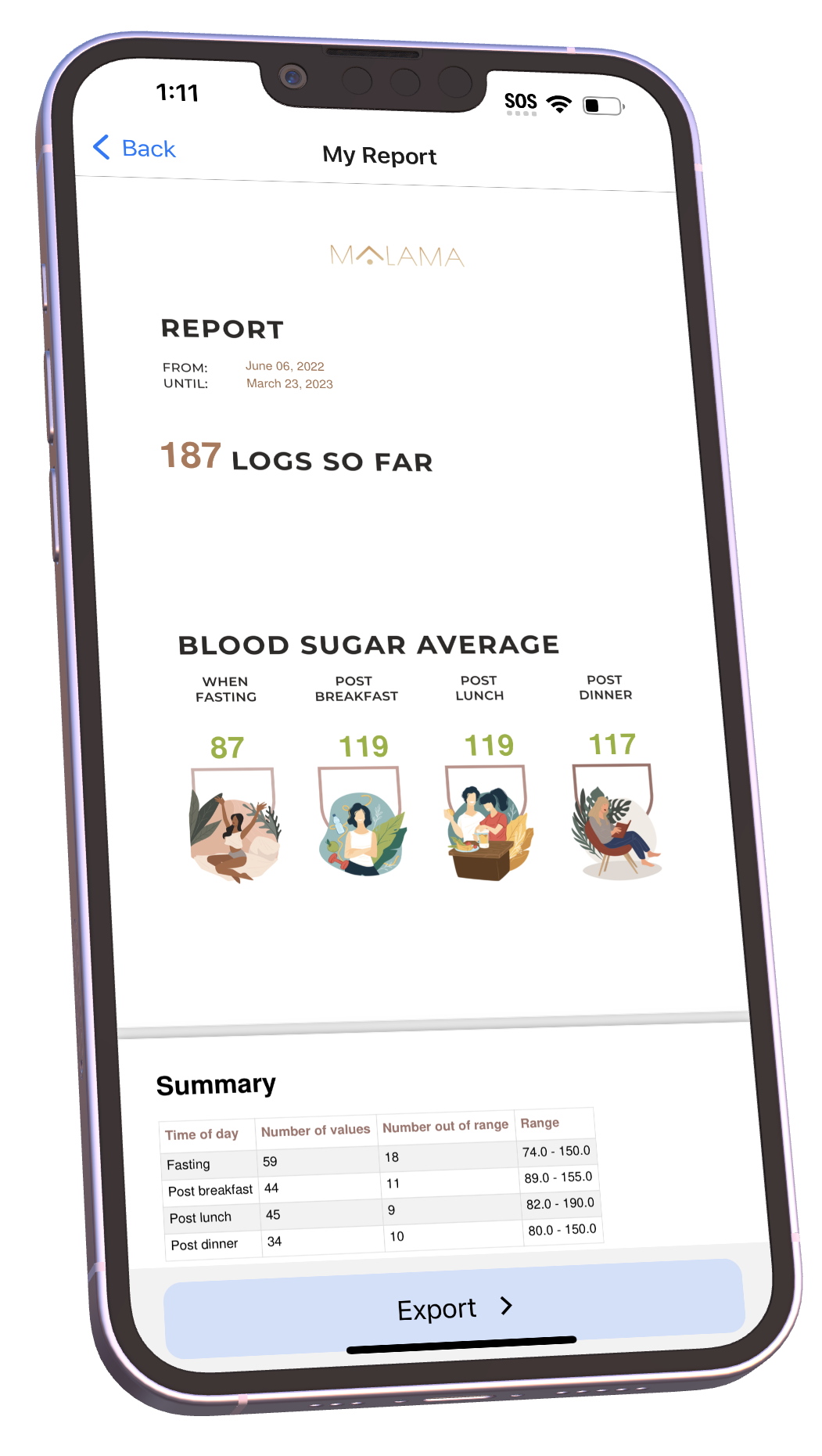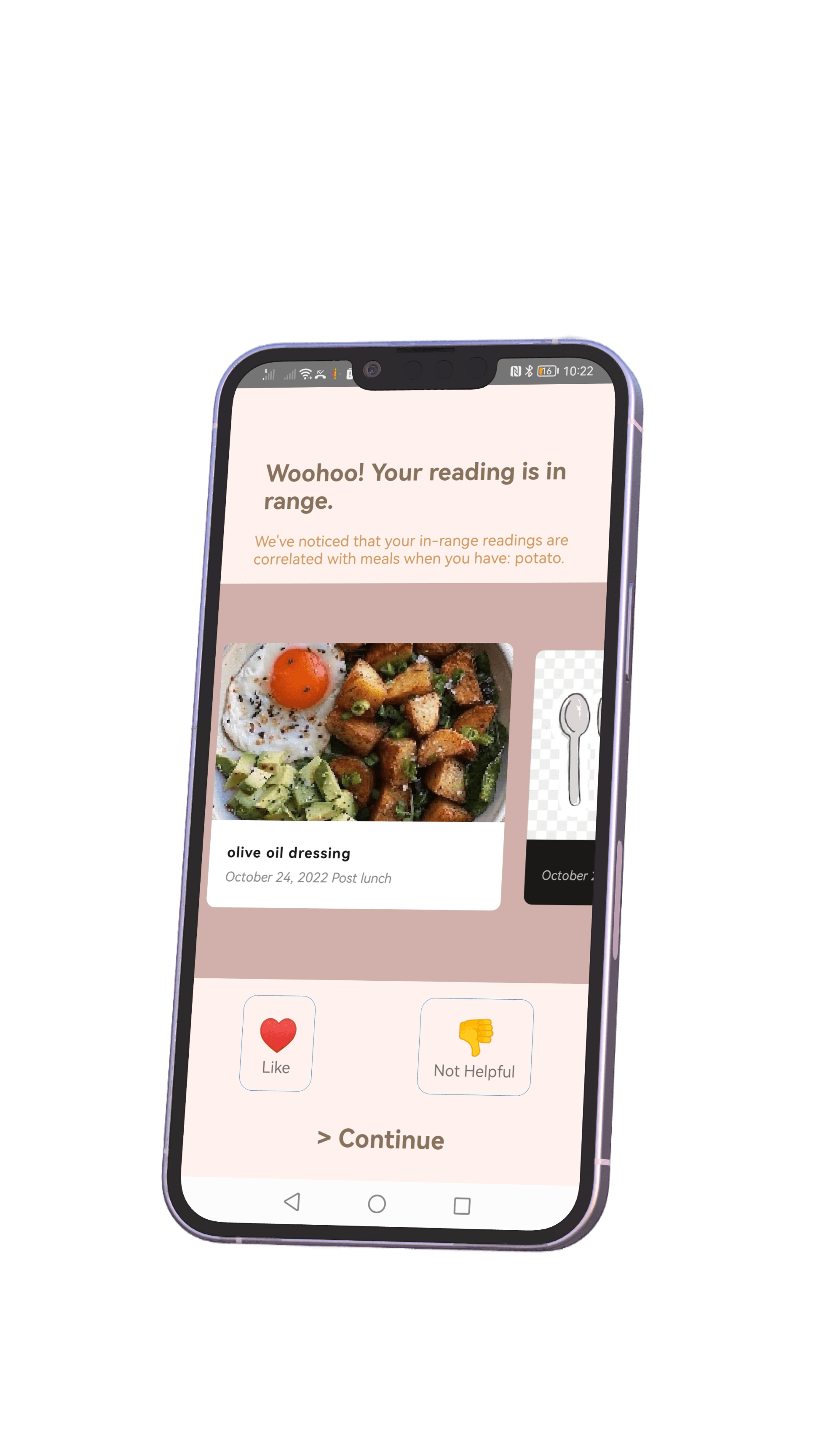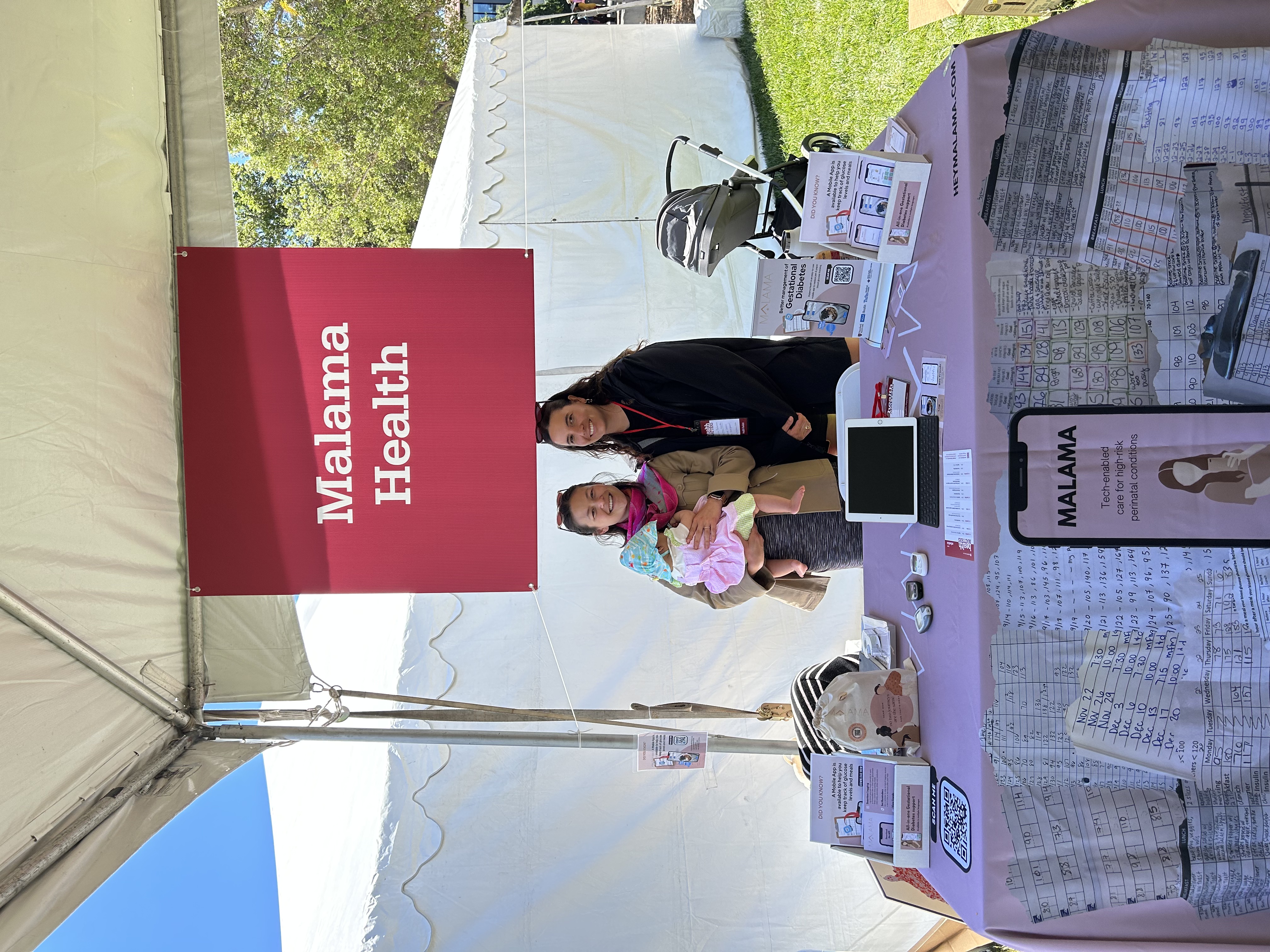Technologies
Malama Helping Women Manage Gestational Diabetes:
An Interview with Mika Eddy of Malama Health
What is the need you set out to address?
Mika: When I was pregnant with my first child, I was diagnosed with gestational diabetes [GD] at 28 weeks. The doctor told me I needed to get my blood glucose levels in range immediately, so I threw myself into the challenges of finding a reimbursed glucometer, pricking my finger 4+ times a day to measure my blood sugar levels, and tracking everything I ate in a paper log that I could share with my physician. But this seemed like a part-time job that I was ill-prepared to take on. And even though as many as one in ten pregnant women are diagnosed with this type of diabetes every year, I couldn’t help feeling like I had already failed at providing a healthy environment for my growing baby.
After delivering a healthy baby boy, I returned to Stanford for graduate school. But I couldn’t stop thinking about questions that ultimately led to the founding of Malama. How might we reduce feelings of anxiety, isolation, and overwhelm for mothers with GD during pregnancy? What if we could make better sense of all the data collected by mothers with GD to identify patterns that make the condition easier to manage? How might we reduce rates of progression to type 2 diabetes to help women get and stay healthy through pregnancy and beyond?
I knew I wanted to help women with GD and ended up formalizing my efforts as a project when I took the Biodesign for Digital Health course. I met the other members of the Malama Health team at Stanford, too. Today, our mission is to help women live healthier lives with a vision of reducing progression from GD to type 2 diabetes by 50% by 2040.
What key insight was most important to guiding the design of your solution?
Mika: When I was diagnosed with GD, I was handed a pen and paper and told to start logging everything I ate and drank, plus my blood sugar levels four times a day. And I couldn’t help thinking, ‘This is 2020. There has to be a better way.’
"...I couldn’t help thinking, ‘This is 2020. There has to be a better way.’"
Logging data with pen and paper is frustrating and time consuming for patients. And from the provider’s point of view, it’s inefficient and inaccurate because patients may forget to bring their logs with them, or they lose their data, or it’s inaccurate because they forgot to log some entries and had to guess. We realized that both patients and providers would benefit from a solution that was easier to use and more automated to help boost compliance and the accuracy of information captured.
We also learned through talking with women and working closely with users that there was another big pain point we had to address related to education and positive reinforcement during a very anxiety-producing time. Our solution didn’t just have to be easy and accurate, it had to provide a delightful, supportive experience to keep women coming back.
How does your solution work?
Mika: Malama is a diabetes education and monitoring platform built specifically to help women with GD manage their condition during pregnancy and the postpartum period. We have a three-part system.
For patients, we offer an app that’s available in multiple languages. We provide a seamless tracking experience by allowing patients to sync their Bluetooth-enabled glucose devices to Malama and pull in all of their glucose data. We offer trends analysis and visualization over time, real-time insights, and tips for maintaining glucose control, as well as positive encouragement to motivate compliance during this challenging time. The app provides healthy menu options. Meal tracking is quick and easy, using photos and automatic ingredient detection instead of manual food logging. And patients can set reminders, so they don’t forget to capture critical information.
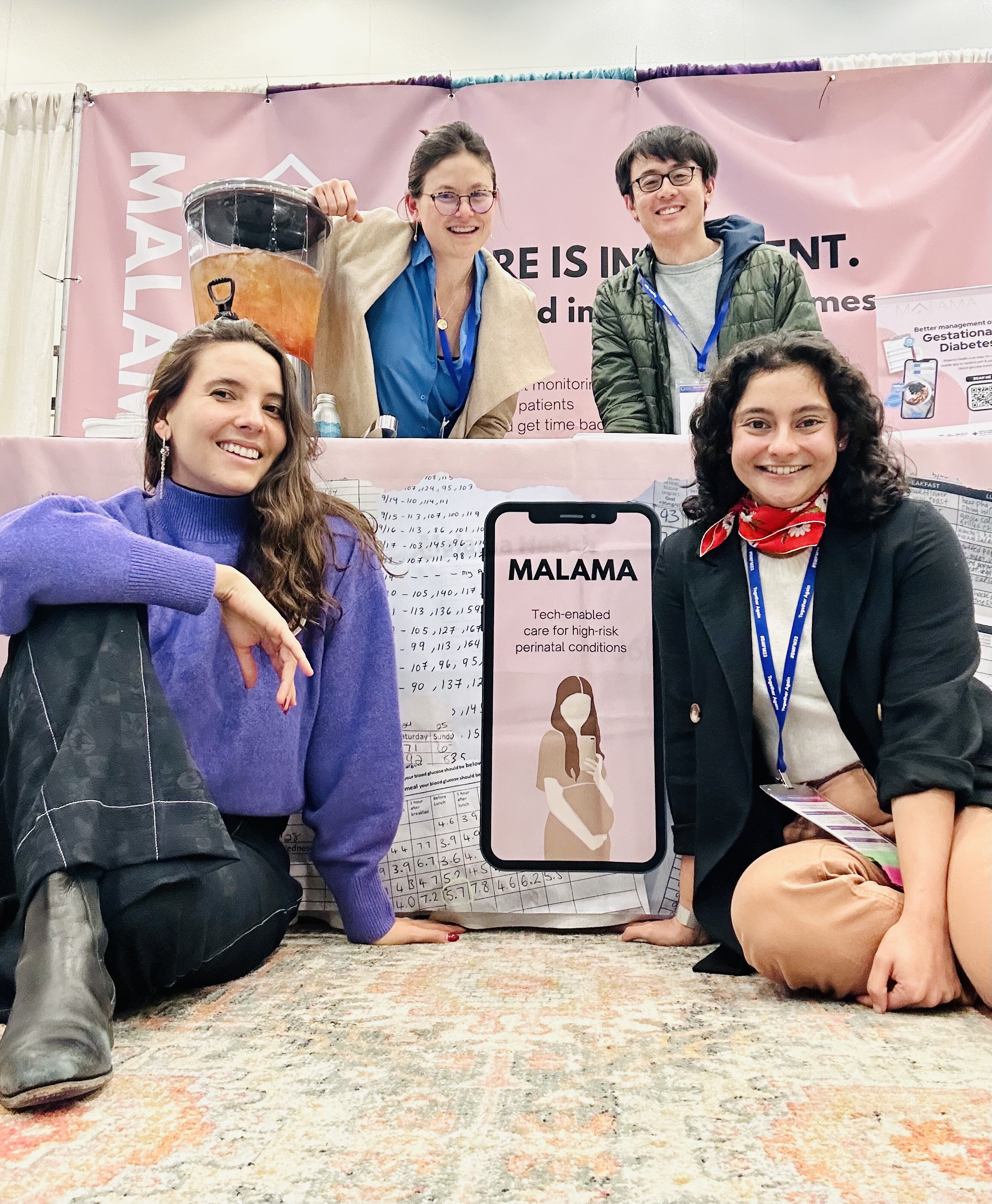 The Malama Health team.
The Malama Health team.
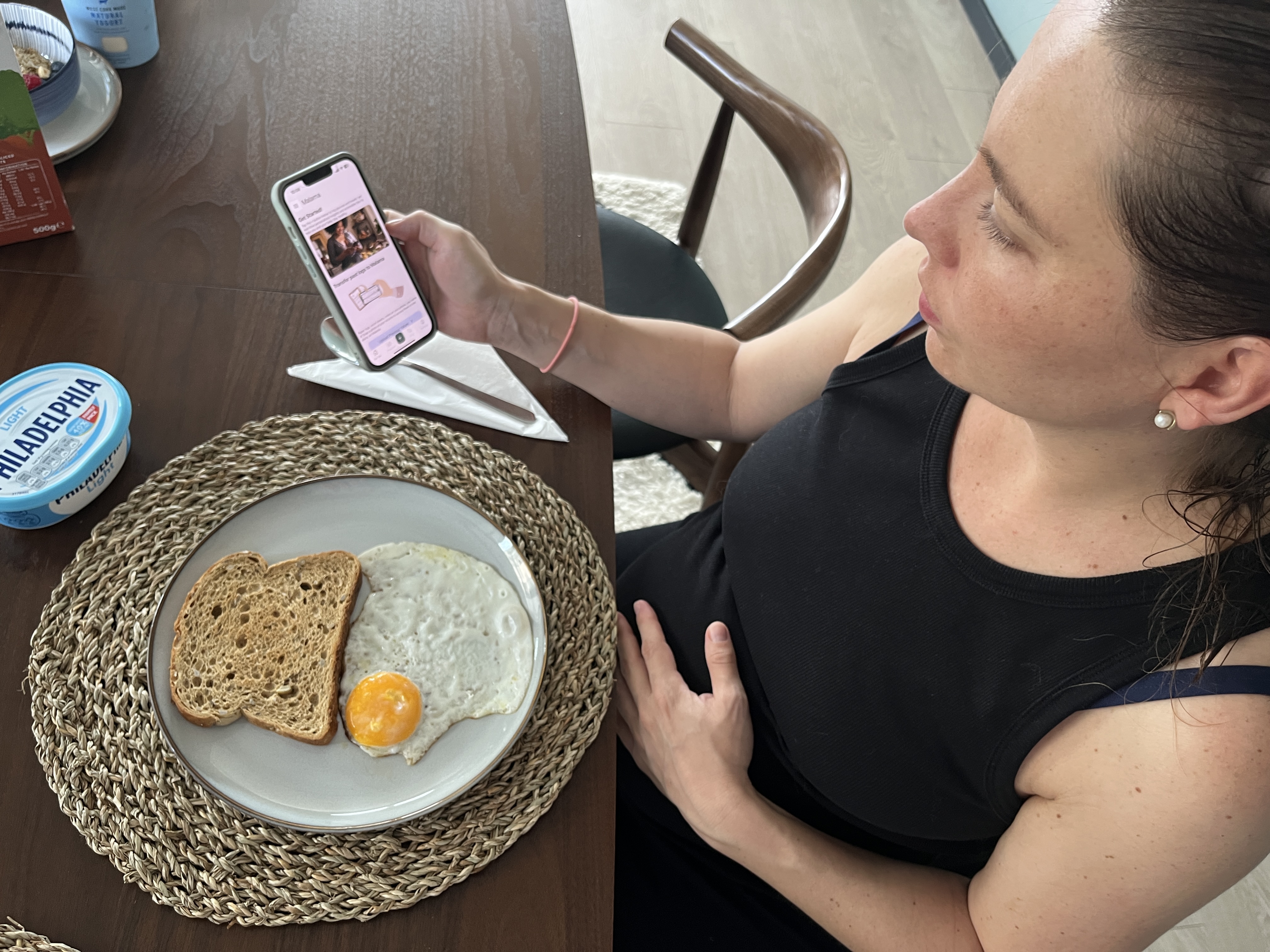
For providers, we offer an EHR-agnostic web platform that allows care teams to login and track their patient’s data in real time. This enables remote patient monitoring, which can generate new sources of revenue for the practice.
For payers, we deliver improved clinical outcomes and related cost savings. We also connect women who are eligible for medically tailored nutrition through Medicaid MCOs to medically appropriate meals to better manage their GD. We’re targeting a seven-to-one return on investment for health plans.
At what stage of development is the solution?
Mika: The smartphone app and provider dashboard are both available to patients and providers. To date, we’ve served nearly 5,000 women (and counting!), and we’ve touched over 100 clinicals and hospitals. So far, we’ve seen a reduction in C-sections versus the overall US average of about 30%. Our latest data shows a 3% reduction in NICU admissions, a 4% reduction in the use of pharmacological solutions, and a 53% reduction in pre-term birth rates for women using Malama versus national GD management averages. Our average active user logs 3.3 times each day. A full 73% of users stick with us through delivery.
Tell us about a major obstacle you encountered and how you overcame it.
Mika: Our biggest obstacle has been figuring out the business model. The ongoing challenge is striking the right balance between building a sustainable business and staying true to our mission of serving historically under-served groups in under-resourced settings.
"The ongoing challenge is striking the right balance between building a sustainable business and staying true to our mission of serving historically under-served groups in under-resourced settings."
To address this issue, we’ve run a number of experiments. We started with a B2B licensing model, charging providers to use the platform. But there are so many layers you have to work through to get sign-off within a large health system. So, even though we had highly engaged clinical champions, this model proved to be very slow. Next, we investigated how we could help providers bill for the remote monitoring services that Malama enables and then take a cut of the revenue instead of having the technology be a direct cost. Our goal is to make it as easy as possible for providers to adopt the technology.
What role did your Biodesign training play in enabling you to design, develop, and/or implement this solution?
Mika: Staying focused on needs has been really helpful for us. We’ve had small pivots along the way, but we always go back to clarifying the needs and what the must-haves and nice-to-haves are to address them. Keeping the need statement and who we’re building for top-of-mind has been central to the development of our technology.
The other helpful guidance we got from Biodesign was that it’s okay to stay focused. Especially in the early stages of a project, there are so many different ways it can grow. When we fundraised from angels and institutional investors, we faced a big push to expand beyond GD because they thought the total addressable market was too small. It was helpful to have the support and encouragement from faculty at Biodesign to stay focused and solve one specific need first, and then figure out how we can expand. And that’s exactly what we’re doing.
What advice do you have for other innovators about health technology innovation?
Mika: Making a difference in healthcare requires a systems-level approach, so it’s important to engage multiple types of stakeholders early on. Don’t only focus on the patients. Go out and shadow the members of the care teams you’re interested in working with – not just the MDs but the nurses and other providers – and really understand those end users too.
I’d also encourage innovators to be patient, especially around the business model. Provider sales cycles are long – don’t get frustrated and give up! And, while you experiment with different approaches, use that time as an opportunity to continue learning and to iterate your offering.
Mika Eddy founded Malama in 2021 out of the Biodesign for Digital Health course. To learn more, visit the Malama Health website.
Disclaimer of Endorsement: All references to specific products, companies, or services, including links to external sites, are for educational purposes only and do not constitute or imply an endorsement by the Byers Center for Biodesign or Stanford University.

